Rapid Axis for Part Finishing
Rapid Axis supports a variety of finishing services both cosmetic and technical for components we’ve manufactured across multiple processes including Machining, Sheet Metal, Urethane Casting, 3D Printing, Die Casting, Injection Molding or other processes. Our finishing offerings include but are not limited to: anodizing, sand or bead blasting, heat treating, polishing, painting, powder coating.
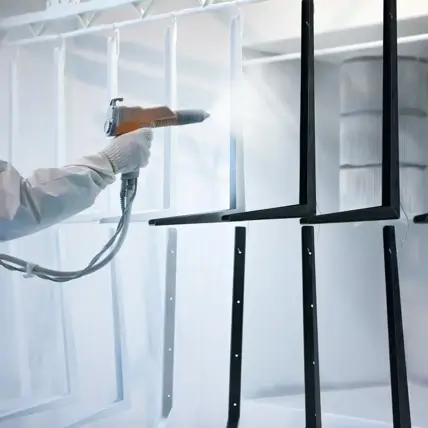
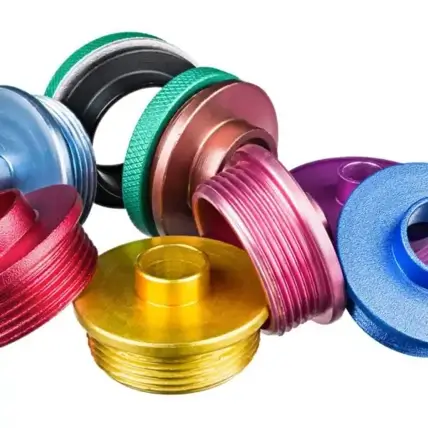
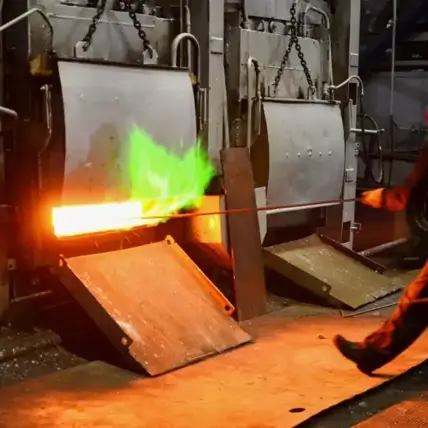
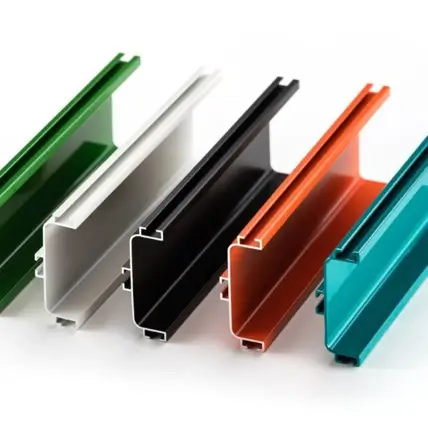
Rapid Axis supports the following finishing methods and more:
- Powder Coating
- Painting
- Electropolish
- Bright Nickel
- Electroless Nickel
- PAA + BR127 (Phosphoric Acid Anodize + BR127 Primer)
- Sulfuric Acid Anodize
- Anodize in Color
- Anodize Clear
- Yellow Chem Film, Alodine or Chromate
- Clear Chem Film, Alodine or Chromate
- Mil Spec Surface Finishes
- Part Marking
- Bead Blasting
- Brushing
- Polishing
- Buffing
- Dyeing
- Heat Treating
- Silver Plating
- Gold Plating
- Black Oxide
- Passivation
- Zinc Plating
- Teflon Impregnation
We will gladly support finishing requirements on components we’ve manufactured. Please include your required finishing method on RFQ or your supplied drawings.
What is Finishing?
When it comes to machining, sheet metal or any other process, finishing is all about changing the surface or sometimes mechanical function of a part. Finishing happens after all of the fabrication steps are done. Namely, you have a machined, 3D printed, or molded part in your hand that meets all of the dimensional requirements and design constraints.
Before we give that part to you, we might put it through some finishing steps. This idea will make more sense once we outline the different finishing options we offer at Rapid Axis.
A typical manufacturing process might look like this: we start by CNC machining a part — for simplicity, let’s say it’s a bracket with some holes in it. After the part is made, our machinist is holding a metal bracket in their hands. Before shipping it to you, we might sandblast, polish, paint, or coat the part. That way, you’re receiving a part that meets your operation’s specifications and needs.
The bottom line is that finishing gets done to parts to make them perfect before our customers receive them. They might need the part to have certain surface characteristics before the part can be used.
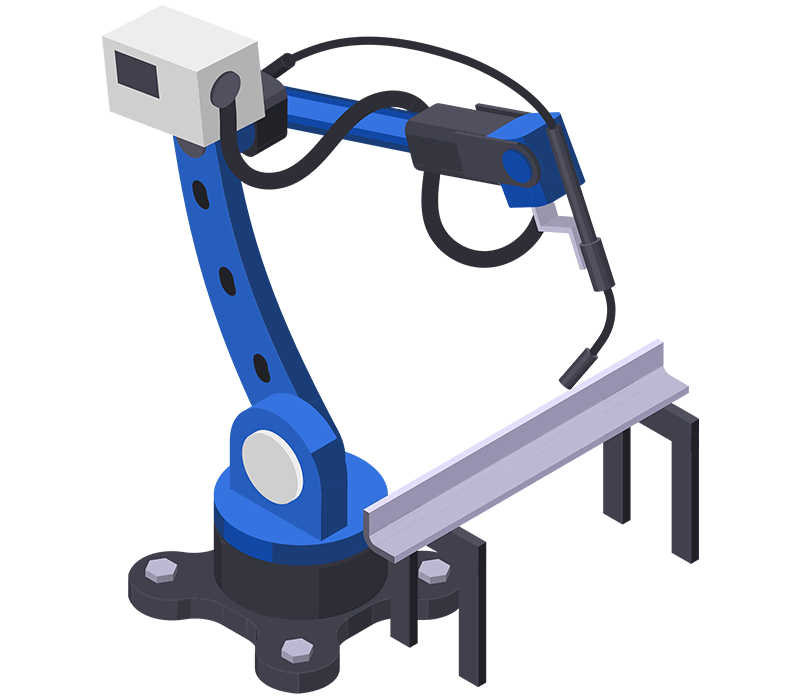
Different Types of Finishing
As promised, here are a few different finishing options offered at Rapid Axis. We’ll quickly define each option so you can better understand what to expect.
Painting
Just like painting a room in your house, sometimes a part needs to be painted before you receive it. The type of paint is decided by the material and shape of the part. We use airbrushes to spray mixed paint onto parts.
Some people ask for their parts to be painted to help with branding, safety, or aesthetic appeal of their parts.
Powder Coating
Powder coating takes the idea of painting to the next level. A powder-coated part is stronger, more corrosion-resistant, chip-resistant, harder, and more durable.
To apply the coating, we apply a polymer to the part and then heat it in an oven. This process cures the polymer to the part, and creates a second skin.
Just like painting, powder coating is offered in hundreds of different colors. It costs more than standard paint, but it also improves the functionality of the part.
Anodizing
If you want to boost your part’s corrosion resistance and wear resistance, then you might consider anodizing it. This is reserved for non-ferrous metals like aluminum, titanium, and zinc.
We anodize parts by using electrolytic passivation. Without getting too technical, we transform the outer layer of your part into a coating of oxide. It doesn’t add a layer that can be chipped off, it chemically transforms the outer layer of your part.
Electroplating
The process of adding a layer to your part is called electroplating. Doing this will enhance your part’s ability to resist abrasion, corrosion, and wear. Sometimes it’s used to make a part a little bit thicker to meet dimensional specifications.
This process uses an electrical current to deposit a thin metal coating around your part.
Heat Treating
When you heat treat metal, the part becomes stronger, more durable, and offers better performance. It works by heating a part up and aligning the atoms on a microscopic level.
This is done by first heating the metal up until it’s very hot (often around 2,400 degrees F). The part stays at the temperature for a certain amount of time before getting specifically cooled down.
The specificity in this method all depends on what results we’re looking for. Basically, we’re using thermodynamics to alter the physical properties of the metal part.
You’re left with a metal part that’s significantly stronger than it used to be.
Sandblasting and Glass Beading
Sandblasting and glass beading are both used to achieve the same result: making your part smooth and defect-free.
This process works by shooting little pieces of glass or sand through a pressurized nozzle. This nozzle gets directed at your part and moved around.
These abrasive pieces of glass or sand will physically remove high spots from the surface of your part. After enough time, your part will become perfectly smooth.
Another reason to glass bead or sandblast is to remove rust, existing paint, and surface-level contaminants. Some of our COTS machining parts can’t be worked on until we remove the paint that the original supplier put on the part. We’ll quickly sandblast the part, expose the raw metal, and then we can start machining the part.
Polishing and Buffing
Polishing and buffing are both finishing steps that improve the sheen and shine of a part. They work similarly to sandblasting, but on a more fine scale.
If you want to think of a common example, consider coarse and fine sandpaper. The coarse sandpaper will remove big defects and smooth out the surface. The fine-grit sandpaper is used to polish the part and make it shine.
Our polishing and buffing operations can be done on a variety of different materials. The goal is the same, regardless of what material is used — we want to make a part shiny.
Buffing and polishing use a fine abrasive surface to remove slight features from the face of the material. This cuts away the rough external layer and creates a smooth, uniform layer.
